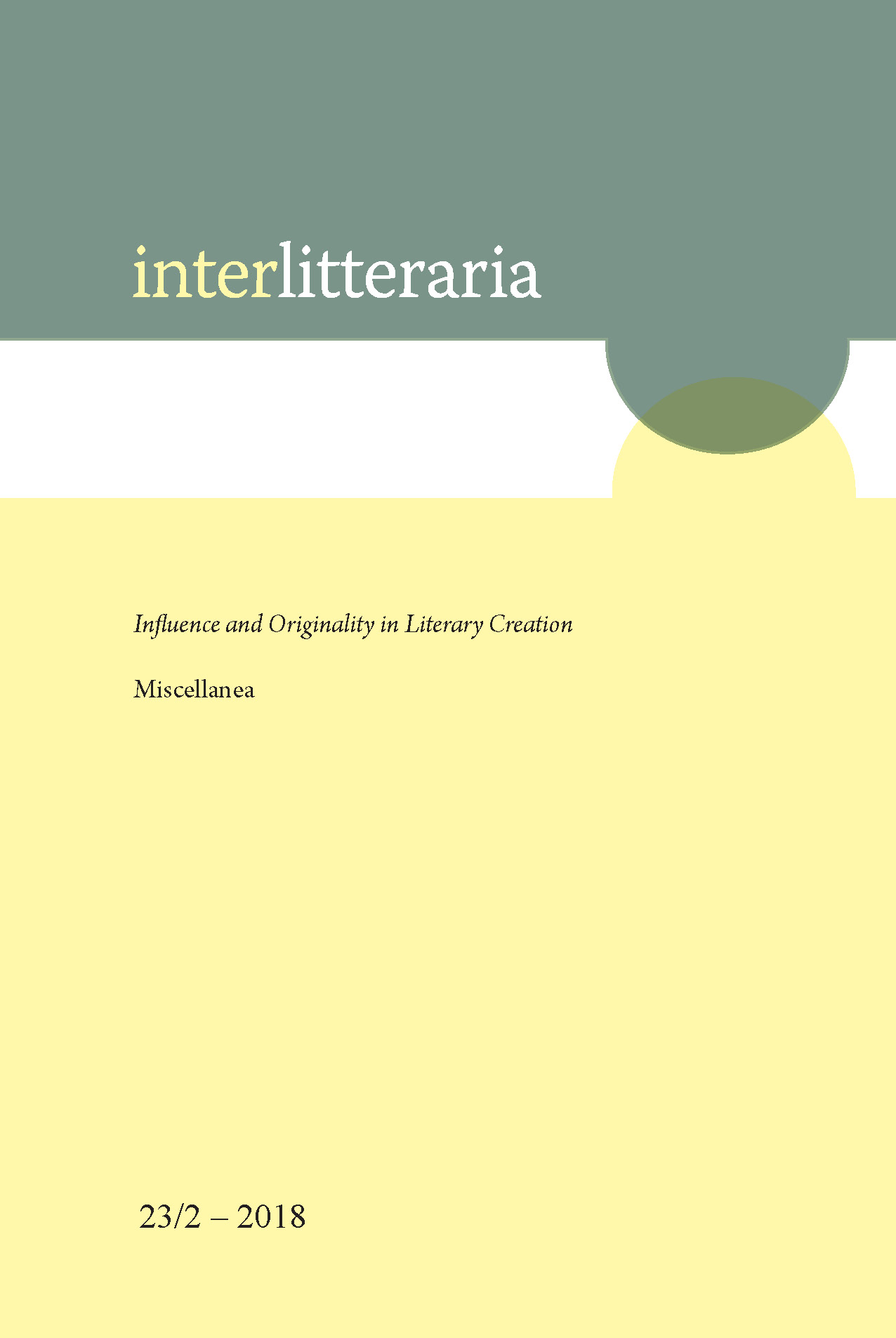Literary Symbols as the Creative and Original Impulses of Literary Creation
Literary Symbols as the Creative and Original Impulses of Literary Creation
Author(s): Anneli MihkelevSubject(s): Comparative Study of Literature, Estonian Literature, Theory of Literature
Published by: Tartu Ülikooli Kirjastus
Keywords: literary symbols; Estonian literature; mythology; symbolism; Hamlet;
Summary/Abstract: Literary symbols contain something archaic, sometimes going back to pre-literate times, and every new context gives to these symbols a new meaning. The poetical text segment carries with it its old context from the older or archaic text and, if it is situated in a new context, the new context also adds new meaning to the symbol. The archaic aspect and a new textual context combine in the literary symbols; it comes from the past and passes on into the future. That is the most important idea in terms of the essence and the dynamics of the literary symbol. This paper analyses the well-known literary figure Hamlet, how Hamlet has become a literary symbol, and how it works as a literary symbol in unexpected cultural relationships. There are very different performances and interpretations throughout the world, but thanks to the archaic aspect we still recognize the old story of Hamlet. The paper concentrates on the examples of Hamlet as a literary or cultural symbol in various cultural and literary texts from Estonian culture. For example, Hamlet as a symbol of new life in Gustav Suits’s poetry or Hamlet as a symbol of the resistance movement in Paul-Eerik Rummo’s poetry, Estonian theatre and choral music.
Journal: Interlitteraria
- Issue Year: XXIII/2018
- Issue No: 2
- Page Range: 367-382
- Page Count: 16
- Language: English

